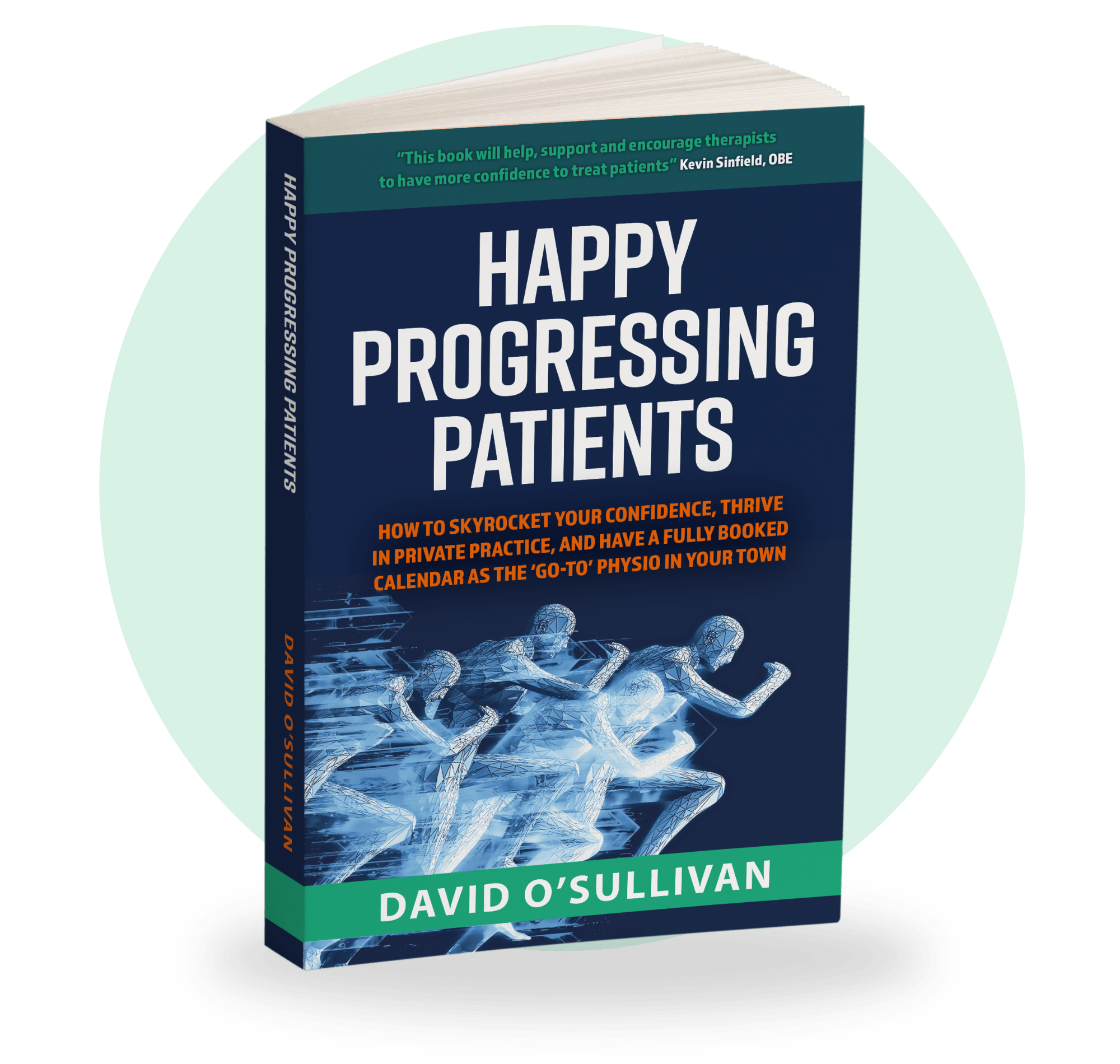
Importance of The Fingertips to Rotator Cuff Exercises
In my mentorship I use a lot of closed chain upper limb exercises linking the fingertips, forearm flexors, elbow, shoulder, and scapula together and I’m not a big fan of isolating particular tissues in open chain. That’s not to say there’s no value in open chain, and I have great respect for any therapist that uses these exercises so long as they are indicated.
If you do use these exercises a lot, I think there are a couple of things you can do to get the most out of these exercises. The biggest ‘cheats’ I see on a daily basis with these exercises is either the patient extending at the wrist, or retracting the shoulder girdle engaging much more rhomboid than cuff.
In function, when we usually engage the cuff is usually when we grip something. So to get the most out of this exercise I feel we need the intent through the fingertips. If the patient has intent through the fingertips it makes a big difference to cuff activation. Usually the grip is passive through this exercise, and the patient uses a lot of the wrist extensors and scap muscles to be successful. By putting the intent back to the grip, the cuff gets a lot more stimulus.
Watch the video above to see the difference in how Shane performs this exercise when I ask him to get intent through the fingertips.
As usual, any questions get in touch!
Dave
Get Your FREE Copy Of The Amazon #1 Bestseller That Holds The Secret To Confidently Treating Any Patient!
Download a Free ‘ebook’ copy of the 8-Step ‘World Cup’ Treatment Plan that helped my private patients achieve full recovery and made me a ‘go-to’ physio for complex cases…
